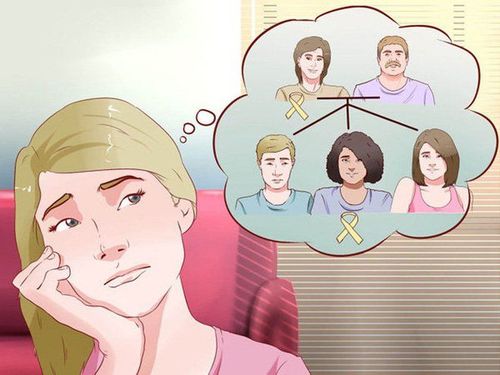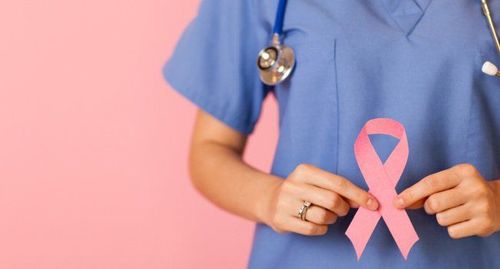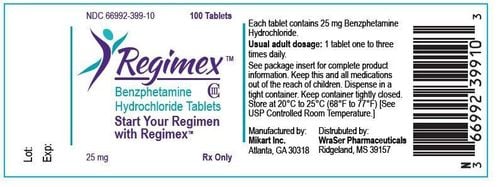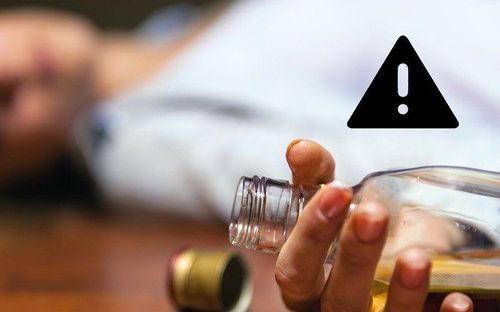This is an automatically translated article.
Currently scientists have not found out the exact reason why some people get cancer but others don't. Studies have shown that cancer risk factors can increase a person's chance of getting cancer, so reducing exposure to these risks helps prevent cancer.
1. How to detect cancer risk factors
Cancer risk factors include exposure to chemicals or other substances, as well as certain behaviors. In addition, cancer-causing factors also include things that we cannot control, like age and family history. A family history of certain cancers can be a sign of inherited cancer syndromes that can occur in subsequent generations.
Most cancer risk (and protective) factors were initially identified in epidemiological studies. In these studies, scientists compare groups of people with cancer with people without cancer. These studies show that people with cancer are more or less likely to engage in certain behaviors or be exposed to certain substances more often than people without cancer.
However, these studies cannot completely confirm that a behavior or substance causes cancer. For example, the finding may just be the result of chance, or the risk factor may actually be something other than the suspected risk factor. But findings of these types of epidemiological studies sometimes get media attention, and this can lead to erroneous ideas about how cancer starts and spreads.
The list below includes the best known or most suspected risk factors for cancer. While some of these risk factors can be avoided, others such as these cannot. Limiting exposure to risk factors may reduce your risk of developing some cancers.

2. Risk factors for cancer
2.1 Age Age is the most important risk factor for cancer. According to the most recent statistical data from the National Cancer Institute's Monitoring, Epidemiology, and Outcomes Program, the median age of cancer diagnosis is 66 years. This means that half of all cancers occur in people under this age and half in people above this age. A quarter of new cancer cases are diagnosed in people aged 65 to 74.
Similar age patterns were found for many common cancers. For example, the median ages at diagnosis of breast cancer are 61 and 68 years for colorectal cancer, 70 years for lung cancer, and 66 years for prostate cancer.
But cancer can happen at any age. For example, bone cancer is diagnosed most often in people under the age of 20, with more than a quarter of cases occurring in this age group. And 10% of acute leukemias are diagnosed in children and adolescents under 20 years of age, while only 1% of cancers in general are diagnosed in that age group. Some types of cancer, such as neuroblastoma, are more common in children or adolescents than in adults.
2.2 Alcohol Drinking alcohol can increase the risk of cancers of the mouth, throat, esophagus, larynx, liver, and breast. The more you drink, the higher your risk. The risk of cancer is much higher for people who both drink and smoke. Doctors advise drinkers to drink in moderation, up to one drink per day for women and up to two drinks per day. day for men.
Trắc nghiệm: Thử hiểu biết của bạn về bệnh ung thư
Ung thư là nguyên nhân gây tử vong hàng thứ 2 trên thế giới. Thử sức cùng bài trắc nghiệm sau đây sẽ giúp bạn có thêm kiến thức về yếu tố nguy cơ cũng như cách phòng ngừa bệnh ung thư.
Bài dịch từ: webmd.com
2.3 Carcinogens in the Environment The cause of cancer may be due to changes in certain genes that change the way cells work. Some of these genetic changes occur naturally when DNA is copied during cell division. But others are the result of environmental exposures that damage DNA. These exposures can include substances, such as the chemicals in cigarette smoke, or radiation, such as ultraviolet rays from the sun.
People can avoid some exposures that cause cancer, like cigarette smoke and the sun's rays. But in some cases it is very difficult to avoid, especially if they are in the air we breathe, in the water we drink, the food we eat or the materials we use to do our jobs. .
Scientists are studying what exposures can cause or contribute to the development of cancer. Understanding which exposures are harmful, and where they are found, can help people avoid these triggers.
2.4 Chronic Inflammation Inflammation is a normal physiological response that causes damaged tissues to heal. Inflammation begins when damaged tissues release chemicals, and in response, white blood cells produce substances that cause cells to divide and grow to rebuild tissue to help repair the injury. Once the wound is healed, the inflammatory process ends.
In chronic inflammation, the inflammatory process can start even without damage and it doesn't end when needed. Why inflammation continues to occur without ending, scientists still do not fully explain. Chronic inflammation can be caused by an infection that doesn't go away, an abnormal immune response to normal tissues, or conditions like obesity.
Over time, chronic inflammation can damage DNA and lead to cancer. For example, people with chronic inflammatory bowel diseases, such as ulcerative colitis and Crohn's disease, have an increased risk of colon cancer.
2.5 Tobacco Tobacco use is a leading cause of cancer and cancer deaths. People who use tobacco products or who regularly breathe in secondhand smoke (also known as passive smokers) have a higher risk of cancer from tobacco products and tobacco smoke. There are many chemicals that damage DNA.
Tobacco use causes many types of cancer, including cancer of the lung, larynx, mouth, esophagus, throat, bladder, kidney, liver, stomach, pancreas, colon and rectum, and leukemia acute marrow. People who use smokeless tobacco (snuff or chewing tobacco) have an increased risk of cancers of the mouth, esophagus, and pancreas.
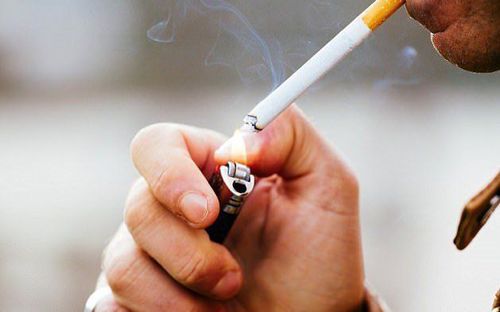
2.6 Sunlight Sunlight, ultraviolet lamps, and tanning booths all emit ultraviolet (UV) light. Exposure to UV radiation causes premature skin aging and skin damage that can lead to skin cancer.
People of all ages and skin tones should limit their time in the sun, especially between morning and late afternoon, and avoid other sources of UV radiation, such as tanning beds. It should be noted that UV radiation is reflected by sand, water, snow and ice and can pass through windshields and windows. Although skin cancer is more common in people with light skin tones, people of all skin tones can get skin cancer, including those with darker skin.
2.7 Obesity People who are obese may have an increased risk of several types of cancer, including breast (in women past menopause), colon, rectum, endometrial, esophageal , kidney, pancreas and gallbladder.
In contrast, eating a healthy diet, being physically active, and staying at a healthy weight may help reduce the risk of some cancers. These healthy behaviors are also important for reducing the risk of other diseases, such as heart disease, type II diabetes, and high blood pressure.
2.8 Radiation Radiation of certain wavelengths, called ionizing radiation, has enough energy to damage DNA and cause cancer. Ionizing radiation includes radon, X-rays, gamma rays, and other forms of high-energy radiation. Low-energy, non-ionizing forms of radiation, such as visible light and energy from cell phones and electromagnetic fields, do not damage DNA and have not been found to cause cancer.
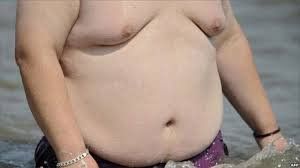
2.9 Infectious agents Some infectious agents, including viruses, bacteria and parasites, can cause cancer or increase the risk that cancer will form such as Epstein-Barr virus, HBV and HCV, HIV , HPVs, HTLV-1, KSHV, MCPyV. Some viruses can disrupt the signals used to check for cell growth and proliferation.
In addition, some infections weaken the immune system, making it impossible for the body to fight other cancer-causing infections. And some viruses, bacteria, and parasites also cause chronic inflammation, which can lead to cancer.
Most viruses associated with increased cancer risk can be passed from person to person through blood and/or other body fluids. You can reduce your risk of infection by getting vaccinated, not having unprotected sex, and not sharing needles.
Early cancer screening is considered a perfect measure in the timely detection and treatment of all types of cancer. Reduce the cost of treatment and especially reduce the mortality rate in patients. Vinmec International General Hospital always deploys and introduces to customers HIGH-TECH CANCER CHECKLIST AND SCREENING PACKAGE for gene testing, imaging, and biomarkers for early tumor detection. Vinmec International General Hospital has many early cancer screening packages. Only one gene test can assess the risk of 16 common cancers in both men and women (lung cancer, colon cancer) rectal cancer , breast cancer , pancreatic cancer , cervical cancer , stomach cancer , prostate cancer ,....)
Early detection of early signs of cancer through diagnosis imaging, endoscopy and ultrasound. The operation is simple, careful and accurate. A team of well-trained specialists, especially in oncology, are capable of handling cancer cases. With facilities, advanced and modern medical equipment and a team of doctors with deep expertise and experience. At Vinmec, the examination process becomes quick with accurate results, saving costs and time for patients.
To register for examination and treatment at Vinmec International General Hospital, you can contact Vinmec Health System nationwide, or register online HERE.
References: cancer.gov, medicinenet.com
MORE:
Cancer treatment tips Proper understanding of cancer risks How does cancer arise?




